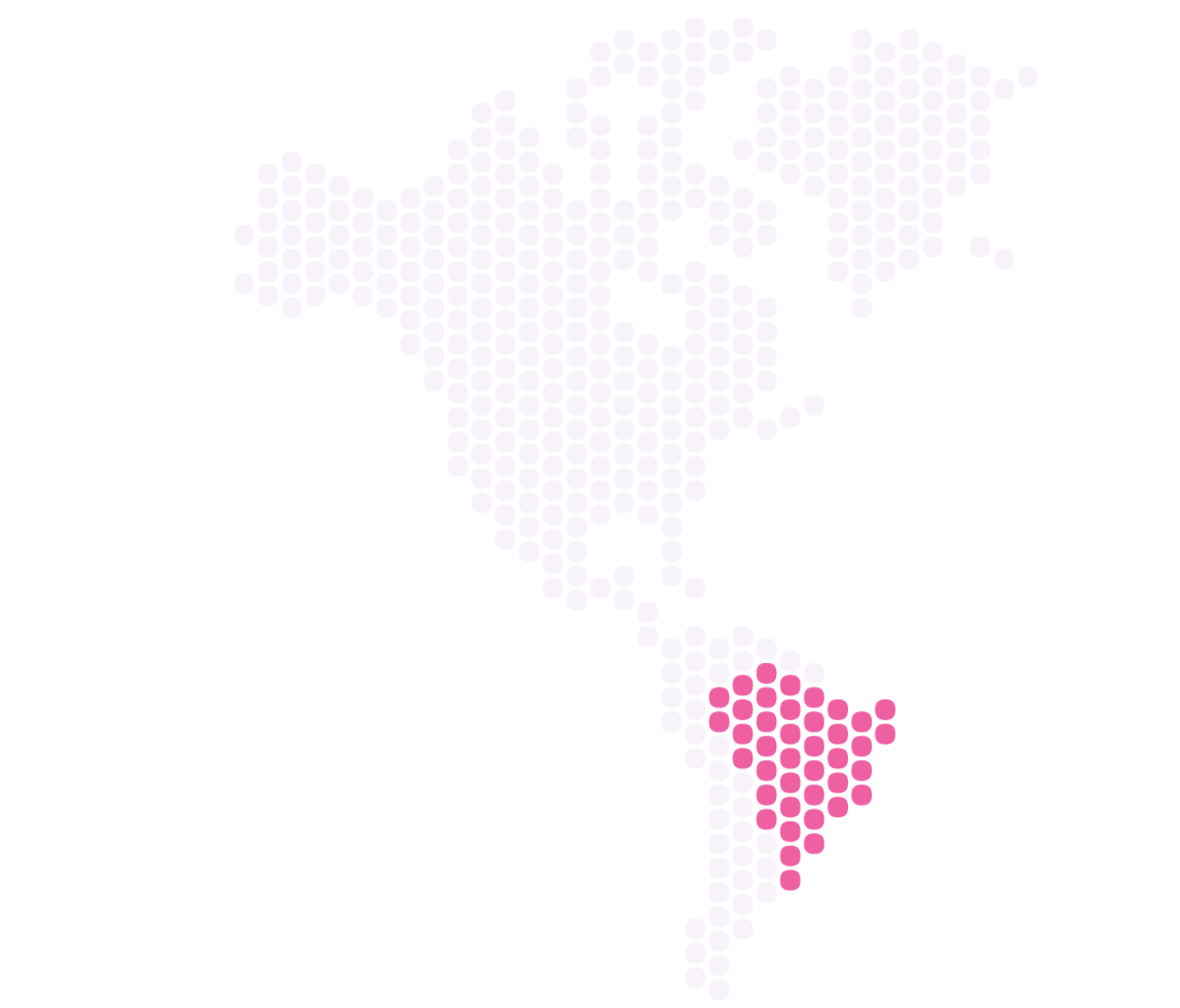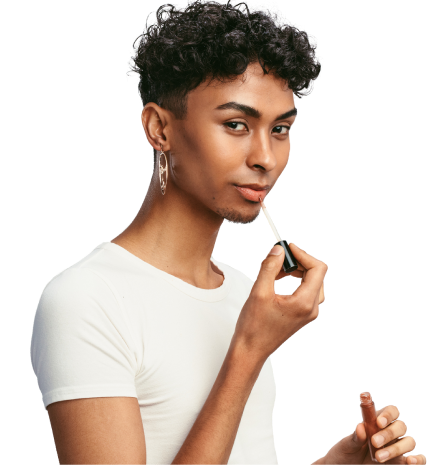Zer in on:
in on:
Brazil
 SCROLL FOR MORE
SCROLL FOR MORE
 in on:
in on:Brazil
 SCROLL FOR MORE
SCROLL FOR MORE
At first glance, consumers in Brazil seem to buck the global trend for male beauty. Interest in beauty/cosmetics has dropped since 2018, whereas the fastest-growing interests are things conventionally considered more masculine, like “extreme sports”, “entrepreneurship”, or “playing sport”.
But take a step back and you see a different story. The main reason why it hasn’t grown is because it was already high to begin with. Male interest in beauty/cosmetics is more mature in Brazil than the rest of the world.
Male consumers in Brazil lead all countries but one in our 47-country research for interest in personal care, and it’s the only country where that interest is neck-and-neck with fashion. But it goes a step beyond that – they also top the leaderboard for buying products like moisturizer and makeup/cosmetics.

% of male internet users interested in beauty/cosmetics
And yet. It’s a sign of how far the market has to progress that even in Brazil, where the opportunity is bigger and more latent, local brands report similar issues to those found in other parts of the world.
Guilherme Campos, co-founder of local male beauty brand Dr. Jones, has been compelled to act. His company transformed from traditional retail distribution to a D2C model, as he felt retailers were slow to realize the level of interest there actually is among men for cosmetic products, and to accommodate accordingly.
It’s striking how, even with the increased interest in the market, we see the same patterns for purchases as the rest of the world during the pandemic. Q3 2020, when lockdowns were instituted in Brazil, saw men putting new products into their bathroom cabinets, thanks to more time spent indoors and therefore, more freedom to experiment.

% of male internet users who have purchased any personal care* items in the last month
*any of the following personal care products (in-store or online) Exfoliating products, grooming & shaving products (e.g. razors), hair coloring products, hair styling products, hair styling tools (e.g. hairdryers, curlers, straighteners), make-up/cosmetics, moisturizer, skincare products
But as happened elsewhere, those purchases dropped off following the acute lockdown stage. It suggests it was a one-off, something consumers couldn’t replicate as their social lives picked up again.
To summarize: male consumers in Brazil are more interested than the rest of the world in personal care products, and more likely to buy. But even here, the category is still being held back by outdated ideas about the consumer.
What does that mean for marketing?


Dr. Jones’ transition to a D2C model offers two lessons. One, offering beauty products through online channels removes some of the stigma associated with buying those products. Aside from the usual benefits, no-one can see you browsing, or look into your shopping basket.
Second, it should show retailers they have been underestimating consumer interest. And beyond that, they should realize care has to be taken into how the products are displayed and the overall customer experience is curated, especially in-store. Attitudes to beauty standards, appearance, and masculinity among parts of the population won’t change overnight, and certain anxieties have to be addressed in the presentation to allow interest to translate into buying.
Brazil is a country at the frontline of the inclusive beauty trend, especially as it relates to male cosmetics. The opportunity is there for brands and retailers to capitalize on. But marketing strategies can only succeed when businesses understand and recognize the barriers currently in place.
